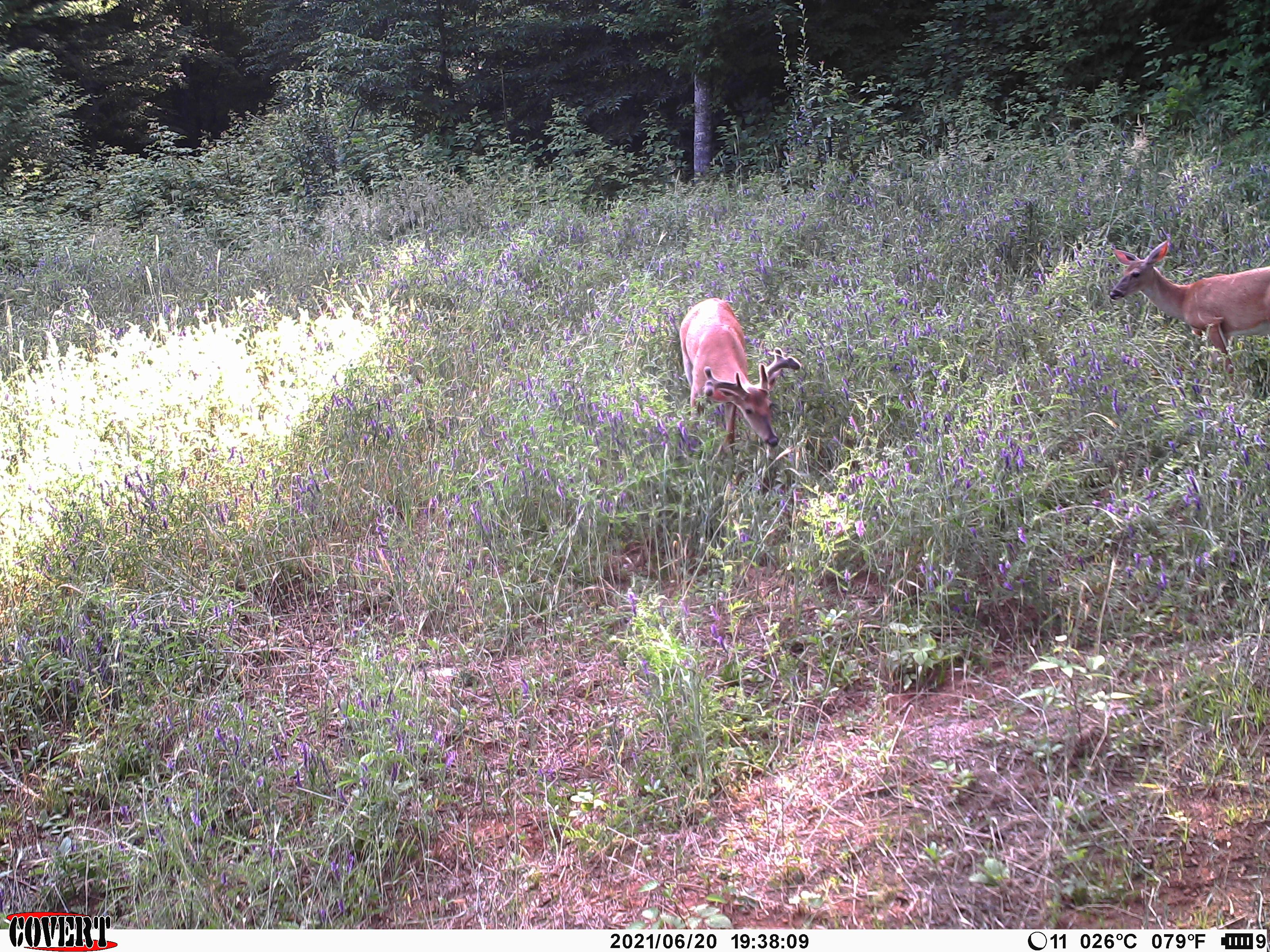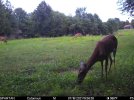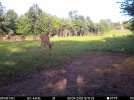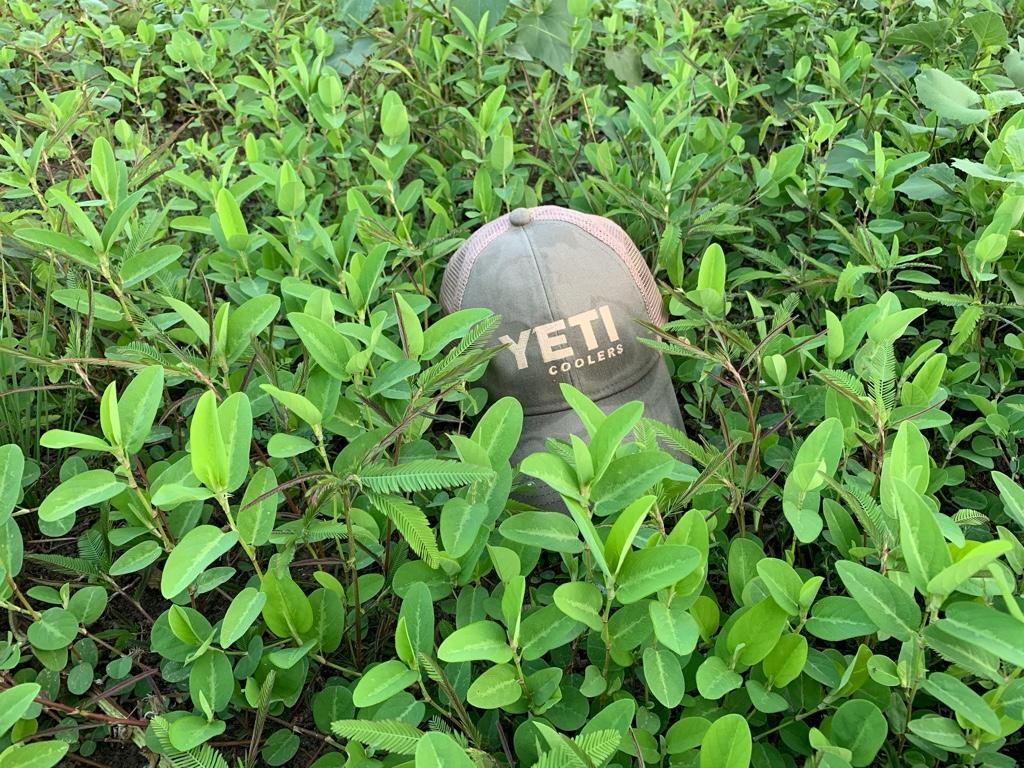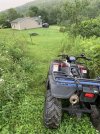I had a about 4 acres of it (crown vetch) for years, it ,(was there long before I got on property) what I can tell you is this, YES deer and all sorts o critters use it, it makes good cover for young animals as well
BUT I never found it to be much of a big draw, for anything , like deer or?? deer will walk thru it all the time to get to other things, they like better, and its a very invasive plant it spreads like wild fire
I had it on a property I managed for an old timer that LOVED the stuff as he got the seeds for free yrs ago, and long before food plots, and the guy just wouldn;t let me get rid of it!
it would drift seeds into everything on the 200 acre property, and once the man passed away, I was able to curb it back to about a 1/2 acre in a small section, and never missed the rest of it!
I will say this, it grows in about any soil, and is GREAT at preventing soil from eroding and that's why its used a lot along Highways
so, Yes it does add something to the diet and adds decent cover for young animals and such,
but if your goal is having it attract deer during hunting season, , there are better things to use!, that don't require as much work to stop from invading other plantings!
have to ask yourself what your goal is before using it IMO<as it can get into places you don;'t want it pretty easy!
